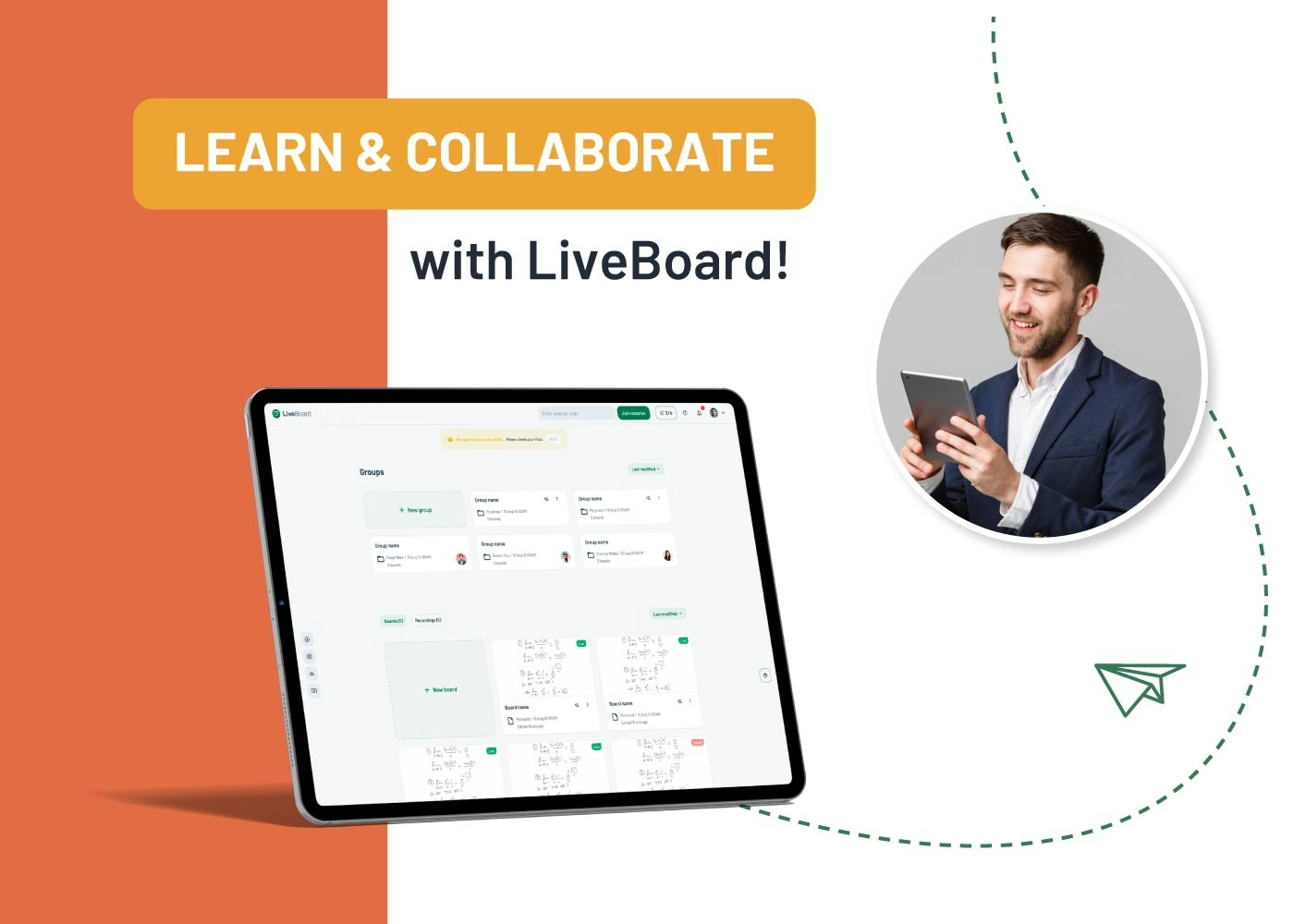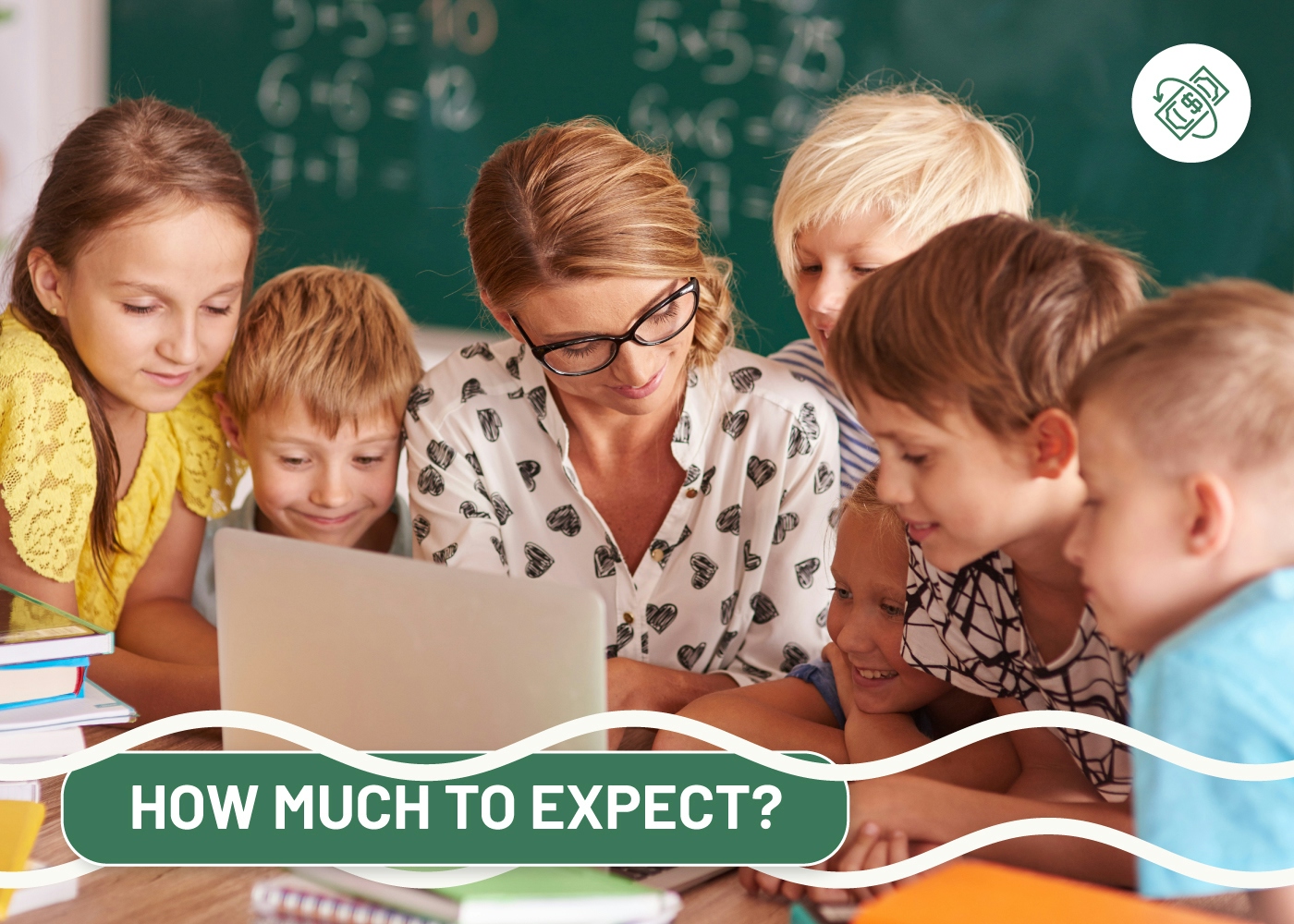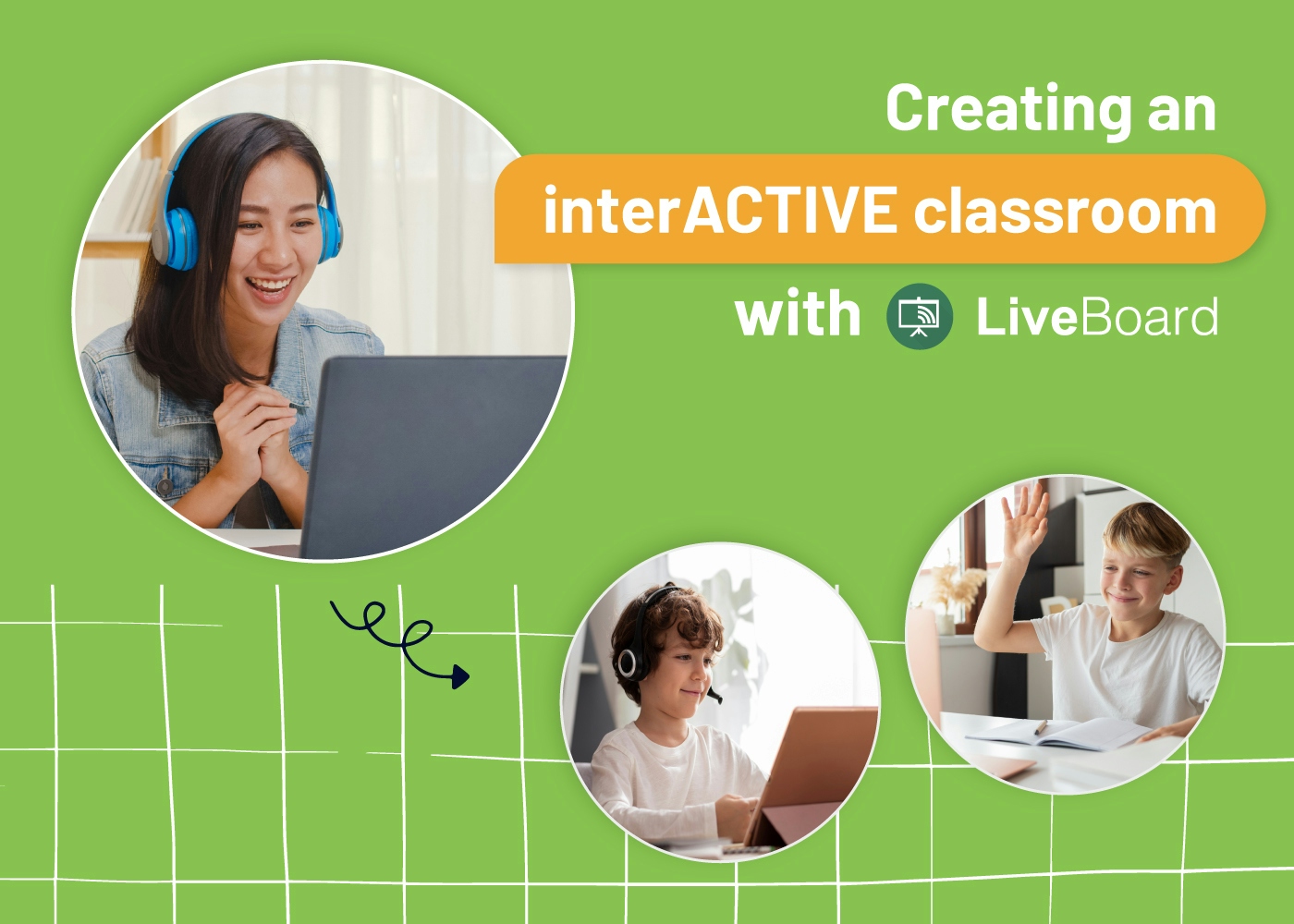The recent experience with pandemics has forced educators to explore new blended learning approaches to keep students engaged and on track. The traditional model of education, where the teacher stands in front of the classroom and lectures, is no longer as effective as it used to be. Students today are used to being connected to the Internet and using technology for everything from entertainment to communication. Thus, educators have been forced to adopt blended learning strategies incorporating both digital and traditional teaching strategies to keep up with the changing landscape.
Blended Learning Explained
Otherwise known as hybrid learning, blended learning is an approach to instruction that combines online digital media with traditional face-to-face classroom teaching. The goal is to create a more personalized and engaging learning experience for students. However, it’s important to note that blended learning is not simply adding technology to the classroom. Instead, it’s a pedagogical approach that changes how teachers and students interact with lesson content and each other.
There are several different blended learning models, but they all have one thing in common – using technology to allow students to have more control over their learning time, place, and pace.
Let’s look at four blended learning models successfully used in classrooms today.
The Flipped Classroom Model
One popular model is the flipped classroom, where students watch lectures or read texts at home and then do assignments in class. Thus, teachers can use class time for more interactive activities such as discussions, projects, and small-group work.
The Station Rotation Model
Here students rotate through a series of stations that might include whole-group instruction, small-group work, independent work, and hands-on activities. This model allows students to move at their own pace and receive targeted instructions from the teacher.
A La Carte Model
Another blended learning approach is the a la carte model, where students can choose from activities to complete both in and out of class. Moreover, the a la carte model allows students to blend online courses with traditional ones having more control over their learning.
The Individual Rotation Model
Students engaged in the individual rotation model have a learning path and activities they must complete. However, they can work at their own pace and choose a convenient order to complete activities. This model is rare. However, several educational institutions already began using it before the pandemic.
The Future of Blended Learning
Blended learning models are here to stay and evolve. The pandemic has only accelerated the adoption of this approach as educators seek new ways to engage students and personalize instruction. As we move further into the 21st century, blended learning will likely become the norm in schools across the globe. From collaborative digital whiteboards to real-time video conferencing, the sky’s the limit when it comes to the possibilities.
So, how to use blended learning in teaching. What do teachers need to incorporate these models into their daily instruction? The answer is simple – use well-thought strategies and consider each model’s peculiarities.
Blended Learning Strategies in an Everyday Class
The first thing is to remember that teachers are still the guides and leaders in a blended classroom. Technology can be used to support teachers, not replace them. Thus, don’t forget teacher authenticity preservation while deciding on the instruments.
There are many options available to support educators in their professional development. To get started with blended learning, consider the following tips.
Use a Variety of Digital Resources
Digitalization is not only about videos or games. It’s a huge world of possibilities that can be used both in and out of the classroom. To make the learning process more dynamic and exciting, use such tools as:
Collaborative whiteboards – to make the whole-class learning more interactive. These are digital boards very much like traditional chalkboards. However, the most exciting part about collaborative boards is that they allow several users to simultaneously write, draw, or type on the same board from different devices.
Virtual manipulatives with in-built graphs and formulas to help students visualize and understand complex concepts. These are digital tools that help teachers model mathematical or scientific concepts.
Online quizzes – to check students’ knowledge in a fun and engaging way.

Video and audio content – to provide students with different ways of comprehending the material.
Real-time video conferencing – to connect with guest speakers and field trips.
Create a Safe and Supportive Environment
When using technology in the classroom, creating a safe and supportive environment is essential. Here are some tips on how to do it:
- Encourage collaboration, not competition.
- Make sure all students have access to the necessary resources and equipment.
- Provide adequate training and support for teachers and students.
- Monitor student progress and provide feedback.
- Be flexible and willing to adjust your plans as needed.
Hybrid learning is closely associated with the concept of 3 M’s: Media, Method and Modality. These three main elements should be considered when planning and implementing a blended learning approach. Here’s a video lesson explaining the 3 M’s and the importance to keeping the balance in between.
Experiment to Find the Right Balance
There is no one-size-fits-all answer when it comes to blended learning. Every classroom is different, and every teacher has a unique style. The key is to experiment and find the right balance between your students and the teaching methods.
Chaos is an inseparable part of the educational process. It is something that should be embraced, not feared. No matter how well-prepared teachers are, there will always be unforeseen challenges and obstacles. A wise strategy is to be flexible and adaptable to the constant changes in the blended learning models.
Closing Points
As the world of education changes, blended learning models are becoming more popular. What is blended learning? It’s a model that combines face-to-face instruction with digital content allowing students to learn at their own pace. Blended learning is an effective way to teach students and help them achieve their academic goals. Today we’ve shared some examples of blended learning models and strategies to help you see how they work in practice. We hope our readers are now ready to incorporate these models in their classes successfully!


